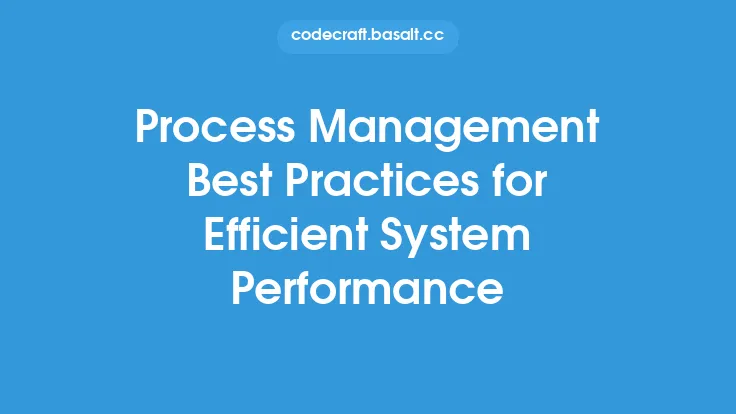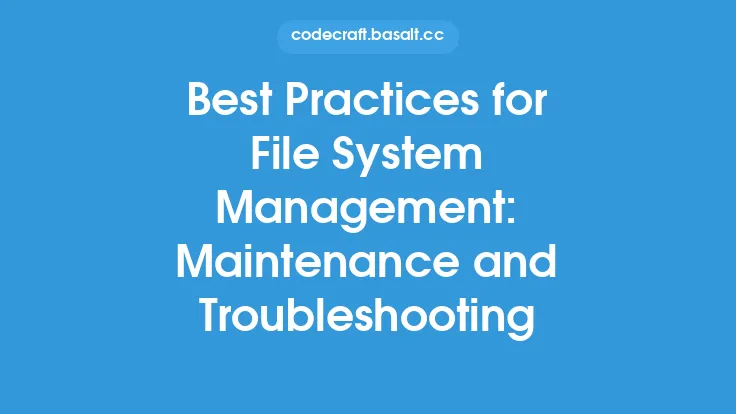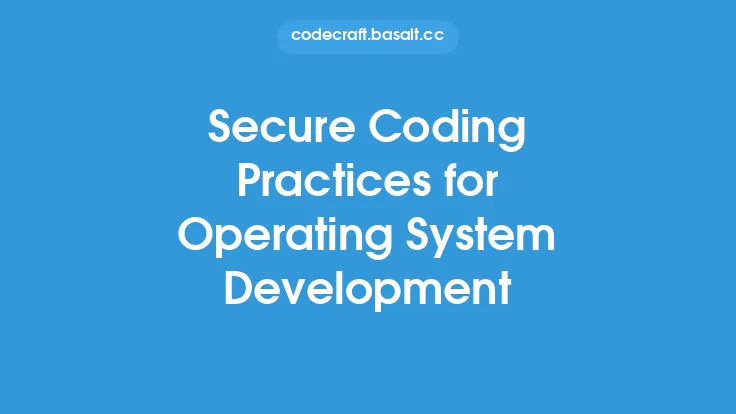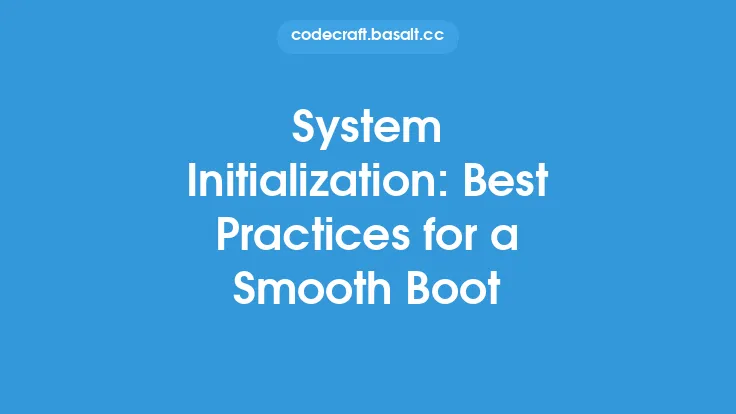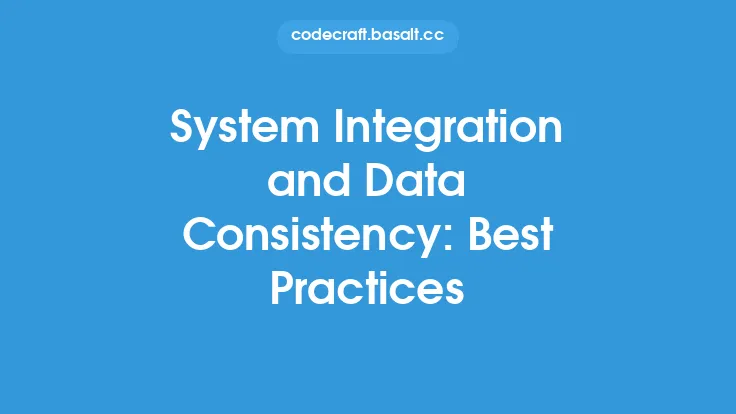When it comes to securing an operating system, one of the most critical steps is hardening. Operating system hardening refers to the process of configuring an operating system to minimize its vulnerability to attacks, reducing the potential for exploitation by malicious actors. This involves a series of steps and best practices designed to eliminate unnecessary features, reduce the attack surface, and ensure that the system is as secure as possible. In this article, we will delve into the best practices for operating system hardening, providing a comprehensive guide on how to secure your operating system effectively.
Introduction to Operating System Hardening
Operating system hardening is a proactive approach to security that involves taking deliberate steps to reduce the risk of a system being compromised. This process begins with understanding the operating system's default configuration and identifying areas that can be improved for security. It involves disabling unnecessary services, removing unused software, configuring firewall rules, and implementing strong access controls. The goal of hardening is to make the system more difficult to exploit, thereby protecting the data and applications it hosts.
Assessing the Current State of the System
Before starting the hardening process, it's essential to assess the current state of the system. This includes identifying all installed software, running services, open ports, and user accounts. Tools like vulnerability scanners can be used to identify potential weaknesses in the system. Understanding the system's current configuration and potential vulnerabilities helps in prioritizing the hardening efforts, ensuring that the most critical issues are addressed first.
Disabling Unnecessary Services and Features
One of the primary steps in hardening an operating system is to disable any unnecessary services and features. Many operating systems come with a variety of services enabled by default, such as telnet, FTP, and HTTP servers, which may not be needed for the system's intended use. Each of these services represents a potential entry point for attackers and should be disabled if not required. Additionally, features like Bluetooth, Wi-Fi, or USB ports should be disabled if they are not necessary for the system's operation, as they can also be used as attack vectors.
Configuring Firewall Rules
Firewall configuration is a critical aspect of operating system hardening. A firewall acts as a barrier between the system and the network, controlling incoming and outgoing network traffic based on predetermined security rules. Configuring the firewall to only allow necessary traffic can significantly reduce the attack surface of the system. This involves creating rules that allow traffic on specific ports and protocols necessary for the system's operation while blocking all other traffic.
Implementing Access Controls
Strong access controls are fundamental to operating system security. This includes configuring user accounts, groups, and permissions to ensure that users have the least privilege necessary to perform their tasks. Implementing strong passwords, using multi-factor authentication, and limiting the use of administrative accounts can significantly enhance the security of the system. Regularly reviewing and updating access controls is also crucial to ensure that they remain effective and aligned with the system's security requirements.
Keeping the System Up-to-Date
Keeping the operating system and all installed software up-to-date is vital for security. Updates often include patches for known vulnerabilities, which, if left unpatched, can be exploited by attackers. Enabling automatic updates for the operating system and installed software ensures that the system receives these security patches as soon as they are available, reducing the window of vulnerability.
Monitoring and Auditing
Continuous monitoring and auditing of the system are essential for maintaining its security. This involves regularly reviewing system logs to detect any suspicious activity, monitoring for unauthorized changes to the system configuration, and performing vulnerability scans to identify any new weaknesses. Tools like intrusion detection systems (IDS) and security information and event management (SIEM) systems can be used to automate the monitoring and auditing process, providing real-time alerts and insights into the system's security posture.
Implementing Encryption
Encryption is a powerful tool for protecting data both in transit and at rest. Implementing full-disk encryption ensures that data stored on the system is unreadable to unauthorized parties, even if the system is physically compromised. Similarly, encrypting network traffic using protocols like TLS (Transport Layer Security) protects data in transit from interception and eavesdropping.
Secure Configuration and Change Management
Maintaining a secure configuration over time requires a disciplined approach to change management. This involves documenting all changes to the system, testing these changes in a non-production environment before implementing them, and regularly reviewing the system's configuration to ensure it remains secure. Automated tools can be used to enforce configuration compliance and detect any unauthorized changes to the system.
Conclusion
Operating system hardening is a critical component of a comprehensive security strategy. By following best practices such as disabling unnecessary services, configuring firewall rules, implementing strong access controls, keeping the system up-to-date, monitoring and auditing, implementing encryption, and maintaining a secure configuration, organizations can significantly reduce the risk of their systems being compromised. Hardening is an ongoing process that requires continuous effort and vigilance to ensure the long-term security of the operating system and the data it protects. As technology evolves and new threats emerge, staying informed about the latest hardening techniques and best practices is essential for maintaining a secure operating environment.
